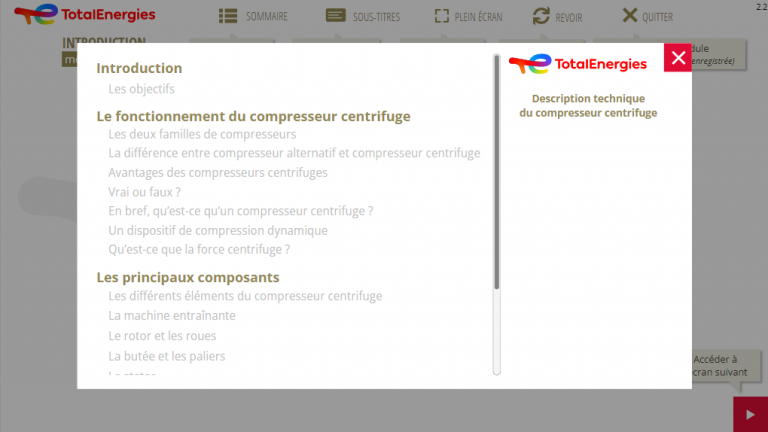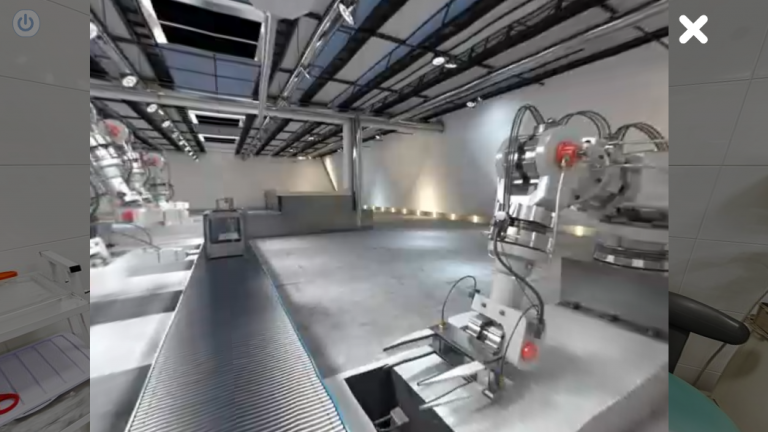E-learning module creation tools have become essential for multimedia instructional designers. Articulate Storyline is one of these widely used tools. However, despite its advanced features, Storyline has functional limitations that can hinder creativity and prevent meeting specific demands. In this context, pushing the boundaries of Storyline is crucial to providing more immersive and personalized learning experiences.
Audace pushes the boundaries of Storyline.
In the field of creating online training, Articulate Storyline has become one of the most popular tools. With its intuitive interface, reminiscent of Microsoft Office software, particularly PowerPoint, Storyline enables the creation of simple and linear training modules. However, like any tool, it has functional and creative limitations.
Leveraging its expertise in custom e-learning development, Audace has been able to surpass the functional limitations of Storyline and provide tailored solutions that meet the specific needs of each project. To achieve this, Audace developers use the JavaScript programming language.
Example: It is not possible to send a score of 100% to the platform without an integrated assessment quiz within the module. To address this, you can connect to the SCORM API using a JavaScript command executed on the final screen of the module and call the “cmi.score.raw” command, assigning it the value “100”.
Other limitations of Storyline have also been overcome. For example, the issue of not being able to automatically hide the close button of an automatically generated lightbox, which prevents the use of a custom button created by the integrator, has been addressed.

Similarly, Audace has addressed requests such as “displaying the current date on the module’s homepage” and “integrating a PDF file within a screen rather than opening it in a new browser tab.”
Audace and its "out-of-the-box" approach
Among other challenges: streaming 360-degree videos. While Storyline allows for displaying 360-degree images and creating immersive journeys, it does not natively support streaming 360-degree videos. However, it is possible to load a 360-degree video into a lightbox using the JavaScript library three.js.

Finally, creating multilingual modules is also a challenge that training designers may face. Automatically translating buttons such as “next,” “previous,” and “exit,” as well as the module’s table of contents, requires integrating all these elements directly into the screens rather than relying on Storyline’s default settings to manage them automatically.
Although Articulate Storyline is a valuable tool for creating e-learning modules, it is not without its limitations. However, with an innovative approach and the right technical skills, it is possible to overcome these barriers. Audace is at the forefront of providing more creative and high-quality training with its “out-of-the-box” approach.

